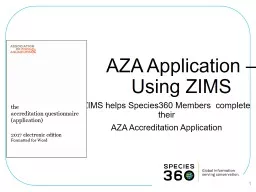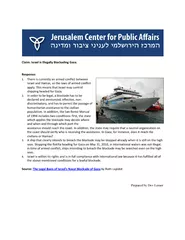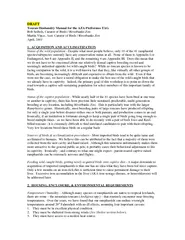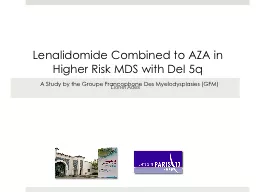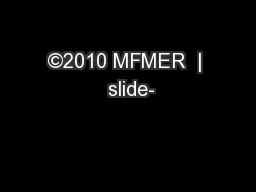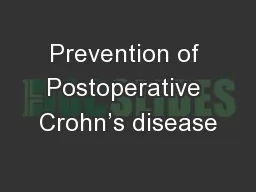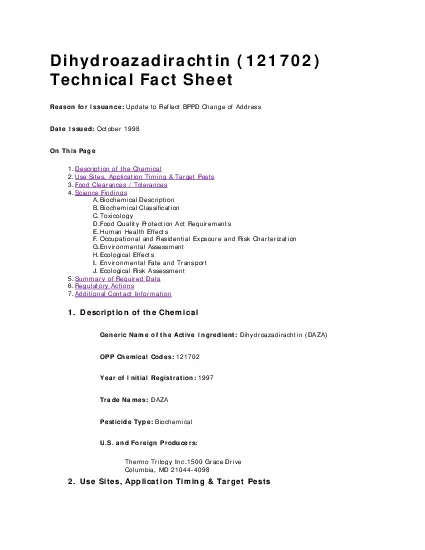PPT-AZA Application –
Author : luanne-stotts | Published Date : 2020-01-01
AZA Application Using ZIMS to make it easier How ZIMS helps Species360 members complete their AZA Accreditation Application 1 How ZIMS Can Help Some of the accreditation
Presentation Embed Code
Download Presentation
Download Presentation The PPT/PDF document "AZA Application –" is the property of its rightful owner. Permission is granted to download and print the materials on this website for personal, non-commercial use only, and to display it on your personal computer provided you do not modify the materials and that you retain all copyright notices contained in the materials. By downloading content from our website, you accept the terms of this agreement.
AZA Application –: Transcript
Download Rules Of Document
"AZA Application –"The content belongs to its owner. You may download and print it for personal use, without modification, and keep all copyright notices. By downloading, you agree to these terms.
Related Documents

